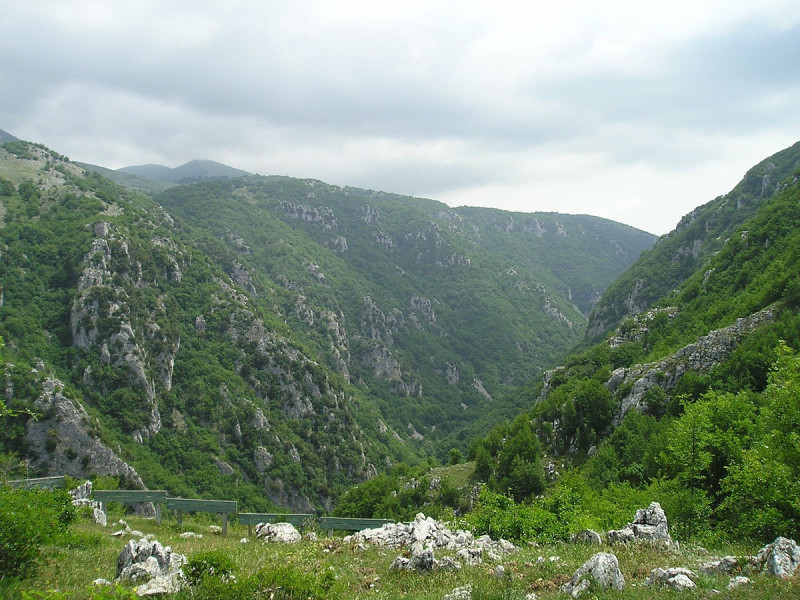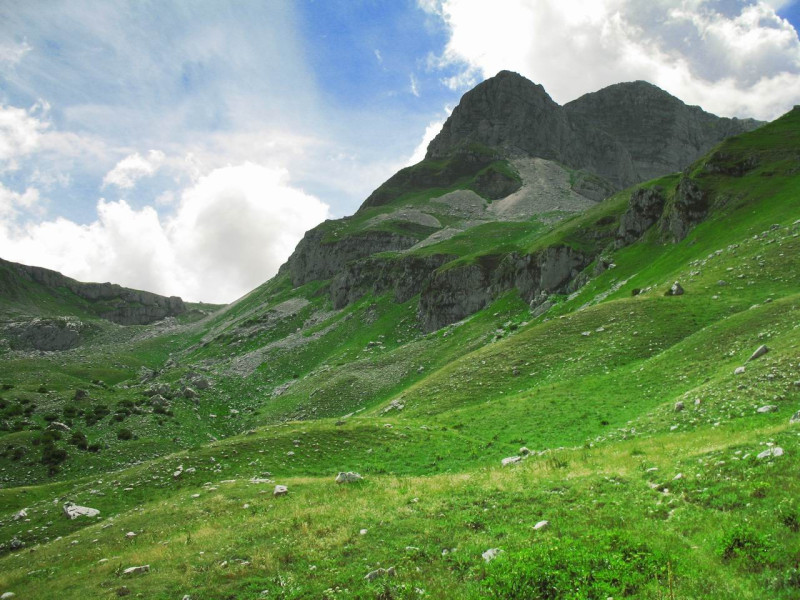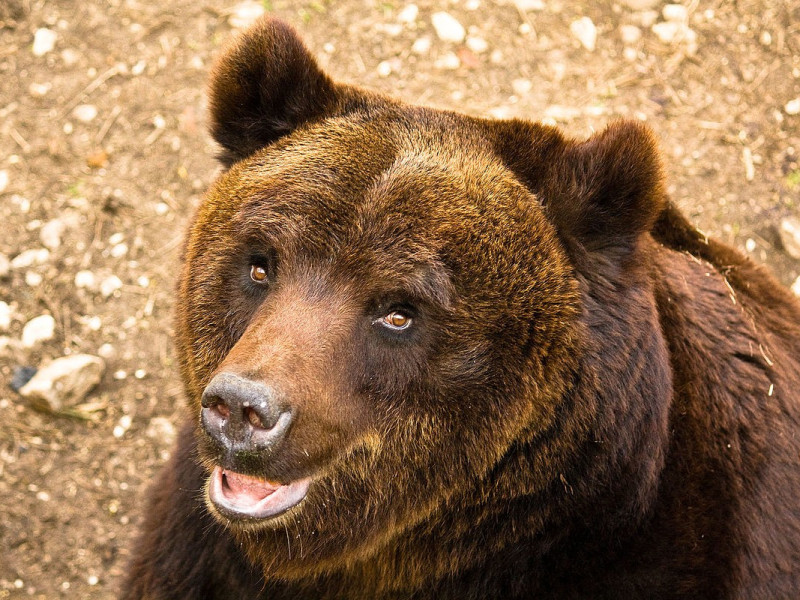Parco Nazionale d'Abruzzo, Lazio e Molise
Abruzzo Lazio and Molise National Park was inaugurated on September 9, 1922 in Pescasseroli, current headquarters and central management of Park. Together with Gran Paradiso National Park it is one of the oldest parks in Italy known internationally for its role in the conservation of some of the most important Italian fauna species such as the wolf, Abruzzo chamois and Marsicano Brown Bear, and for the first and numerous initiatives to modernize and spread localized environmentalism. It is covered with forests of beech for about two-thirds of its surface. It spreads mainly in mountainous and pastoral land, where it is not practicable the cultivation of grapes and olives, overlapping into the crop plan in Giovenco and in Val di Comino. The highest peaks are evident traces of the last ice age of Quaternary (Monti della Meta, Serra of Gravare, Petroso Monte and Monte Palombo). In the Park there are some interesting natural lakes such as Vivo Lake, Pantaniello Lake and Scanno Lake. Traditional products are typical of central Apennine: first simple dishes based on legumes and pasta (bean from Scanno). In Comino Valley some products are protected by Slow Food, which the cheese of Picinisco, Campoli Appennino truffle and organic honey. The handicraft production is bobbin lace, manual processing of stone and wood sporadically and craft bagpipes.




